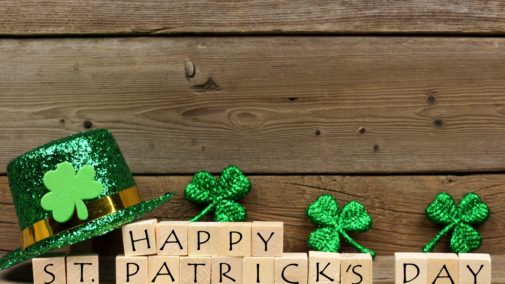
Happy St. Patrick’s Day!
St. Patrick’s Day, celebrated on March 17th, is more than just a day to don green attire and indulge in Irish cuisine. It’s a cultural and religious holiday that honors St. Patrick, the patron saint of Ireland. This lively celebration has transcended its religious roots to become a global phenomenon, marked by parades, festivals, and the unmistakable sea of green that sweeps across cities worldwide.
- St. Patrick Wasn’t Irish: Contrary to popular belief, St. Patrick was not born in Ireland. He was born in Britain around the late 4th century. At the age of 16, he was captured by Irish raiders and taken to Ireland as a slave. After six years, he escaped, returned to Britain, and later became a priest. St. Patrick is credited with bringing Christianity to Ireland and is celebrated for his contributions on March 17th, the day of his death.
- The Color Blue Was Initially Associated with St. Patrick’s Day: While green is now the iconic color of St. Patrick’s Day, historically, the color associated with St. Patrick was blue. The shift to green is believed to have happened due to the lush green landscape of Ireland, the use of the green shamrock in St. Patrick’s teachings, and the Irish independence movement in the late 18th century adopting green as a symbol.
- The First St. Patrick’s Day Parade Wasn’t in Ireland: The first St. Patrick’s Day parade took place not in Ireland but in the United States. On March 17, 1762, Irish soldiers serving in the English military marched through New York City. Today, parades are a significant part of St. Patrick’s Day celebrations, held in cities worldwide, celebrating Irish culture and heritage.
Join Girlicity Today: girlicity.com/start
Contact Us: Click Here to Contact Us
TOLL FREE: 844-754-2489

